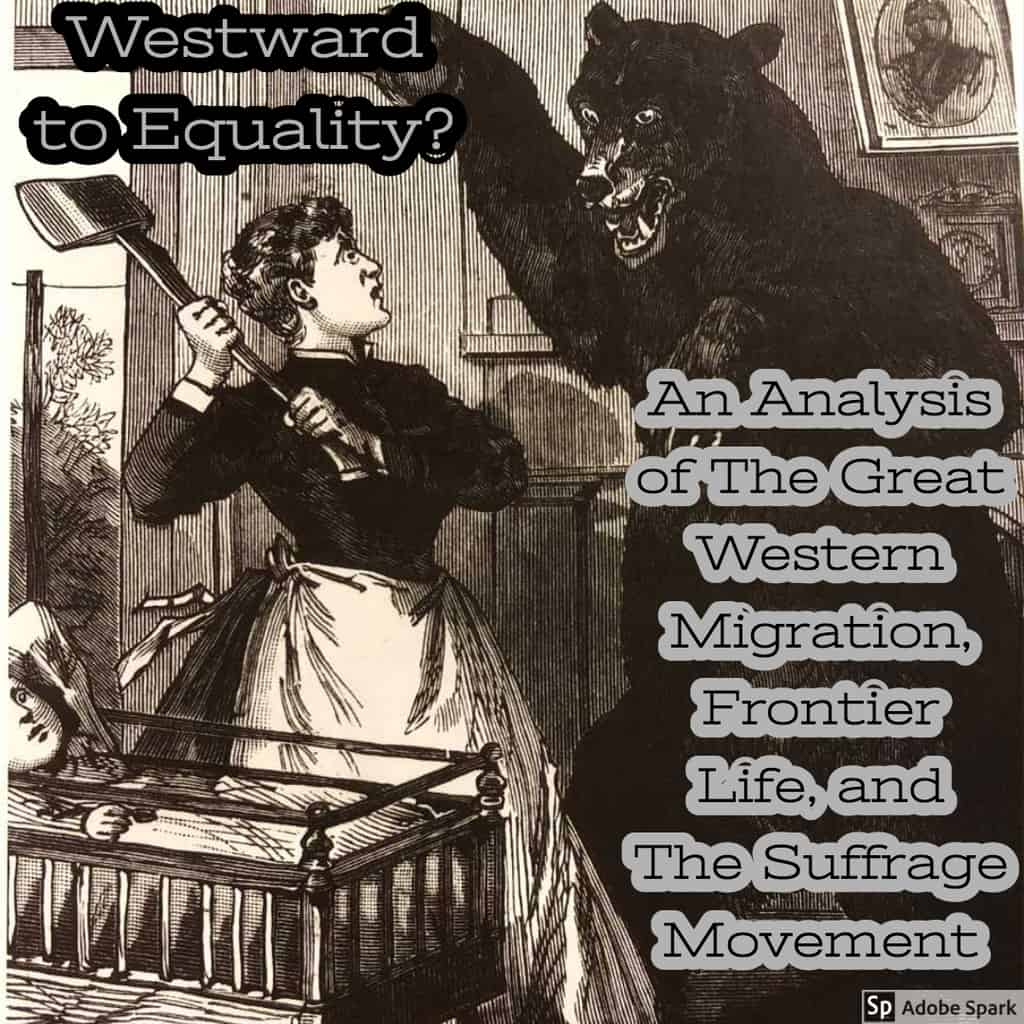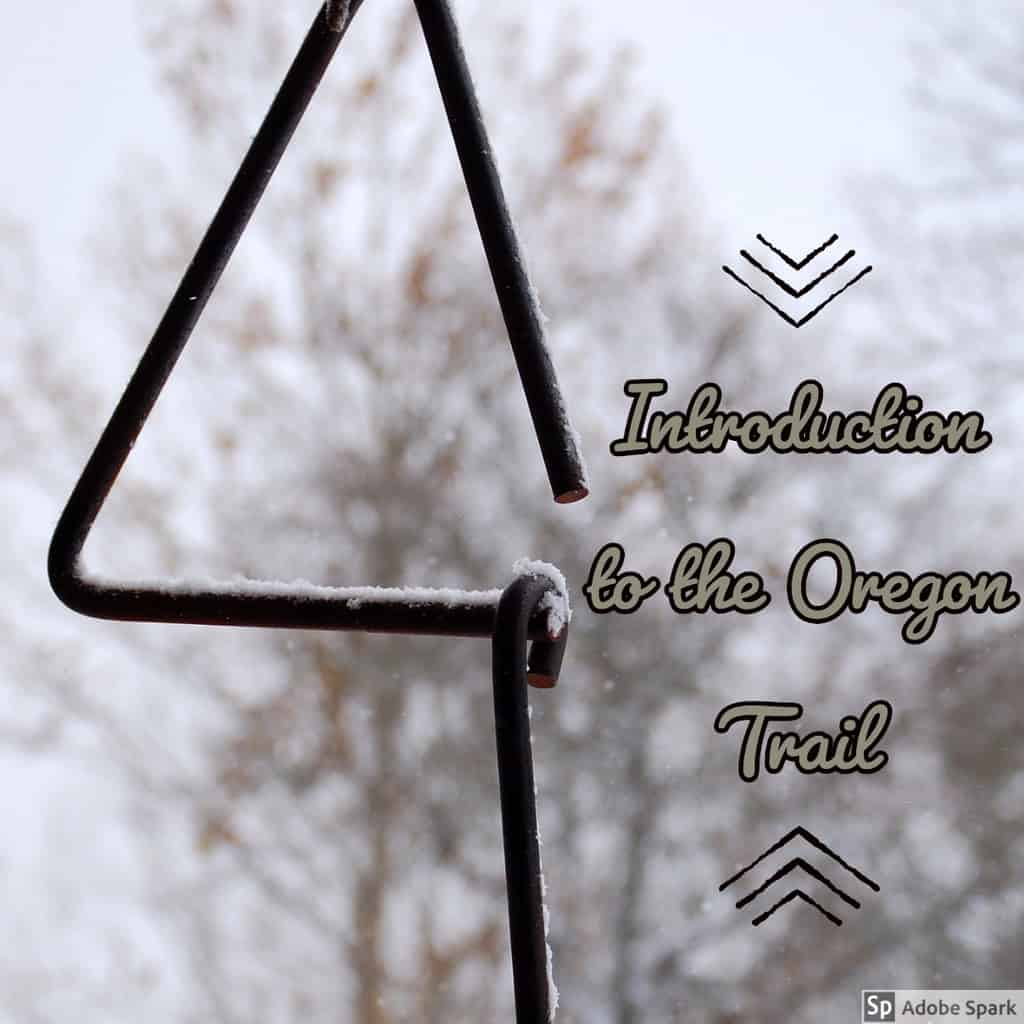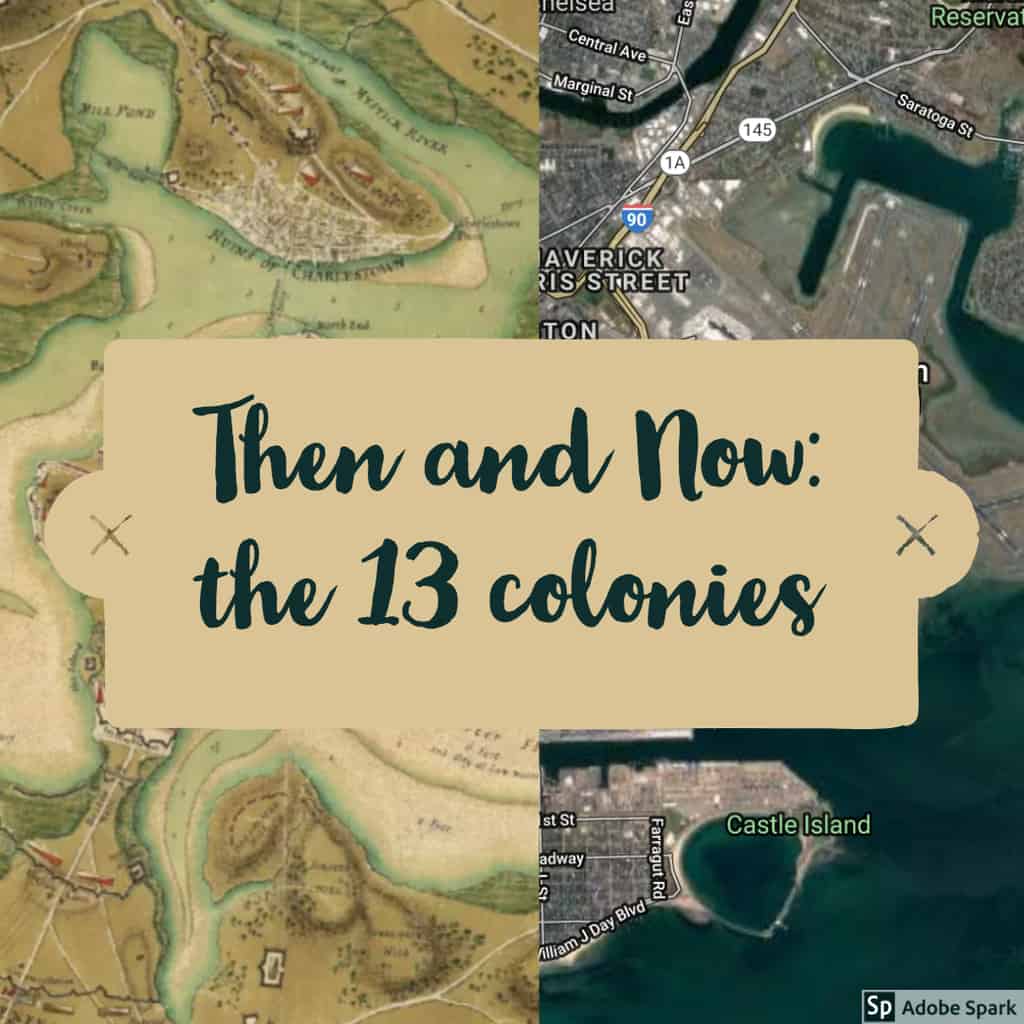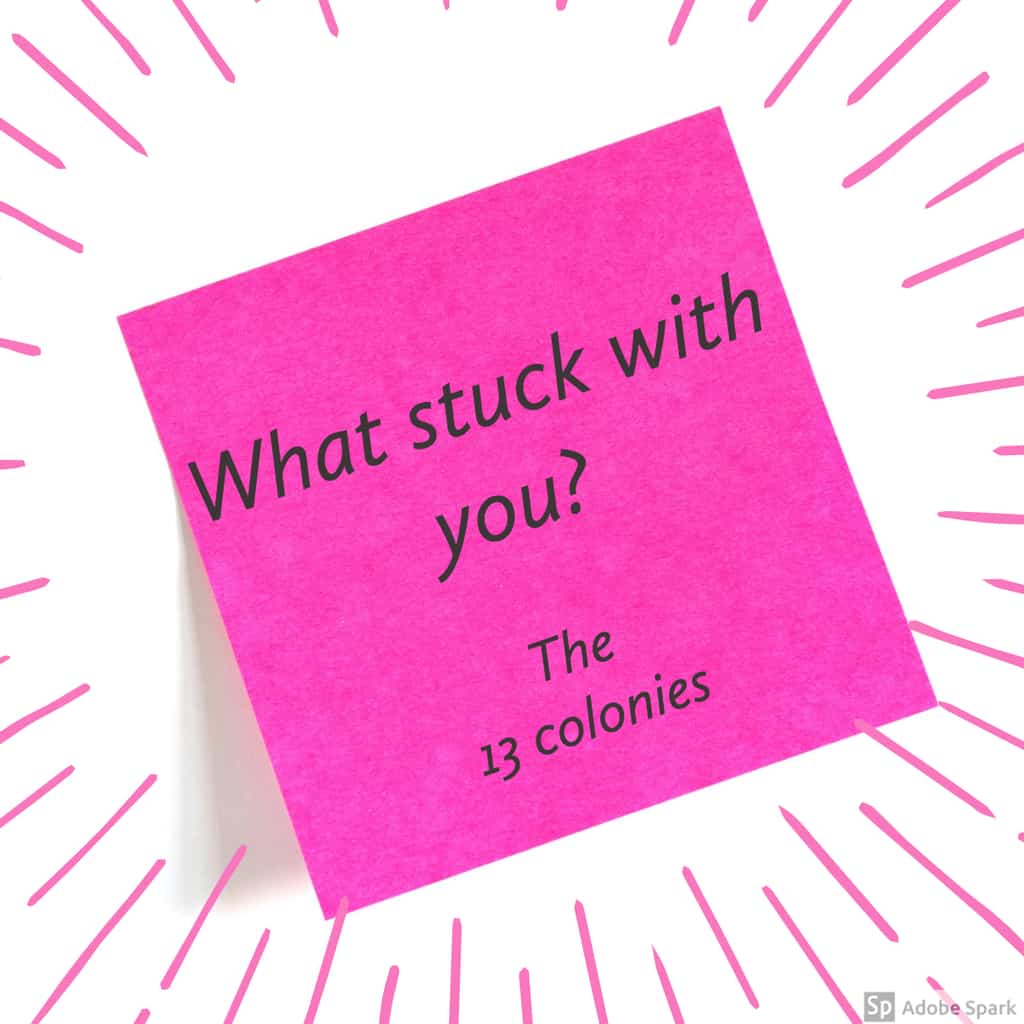After class last week, the discussion method that really stuck with me was “Brainstorm, Group, Label.” Therefore, for my 8th grade humanities class, I wanted to use it in my classroom to help my students understand the differences between the New England colonies, middle colonies, and southern colonies.
The activity is that in groups of six, each student would have six post it notes. On the six post it notes, the student would need to write at least two statements about each of the 3 sections of the colonies (they can write more if they want too). Once, each student finished writing their six post it notes they will wait for their group members to be complete as well.
The students then will move on to the next part of the activity. Each group of six will have a large white poster board where they will silently group their post it notes together. The students will draw on the poster board explaining their grouping.
This will be an informal assessment to see the whole class understanding on the different economic, religious, and demographic characteristics of the 13 colonies.






